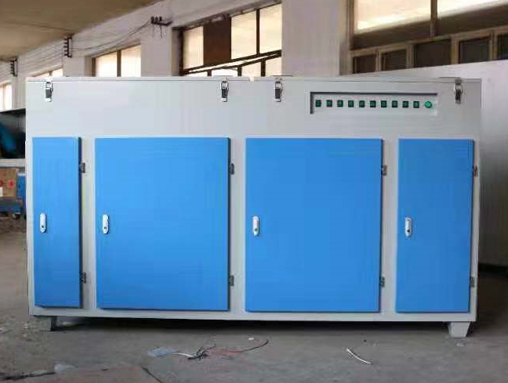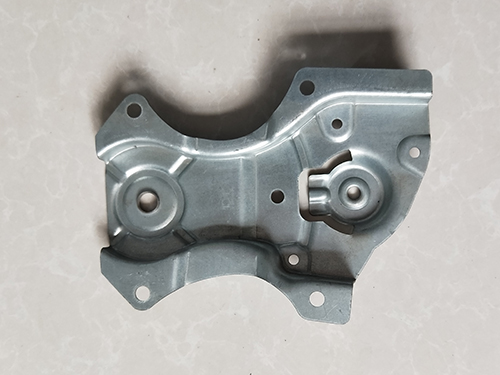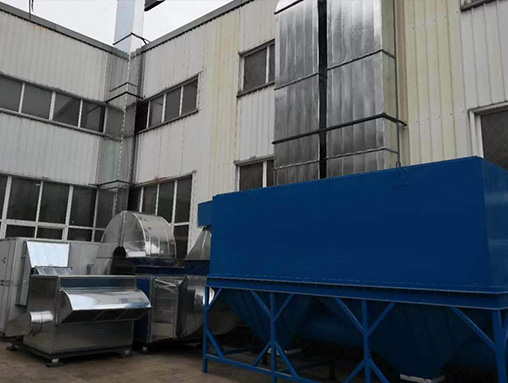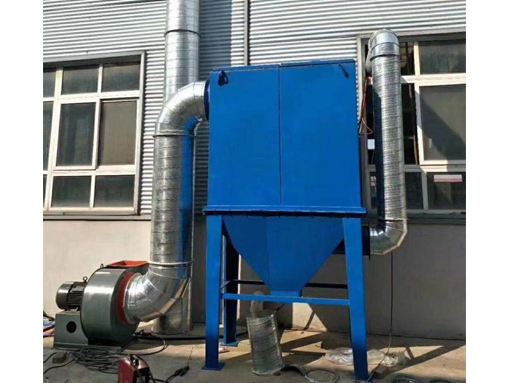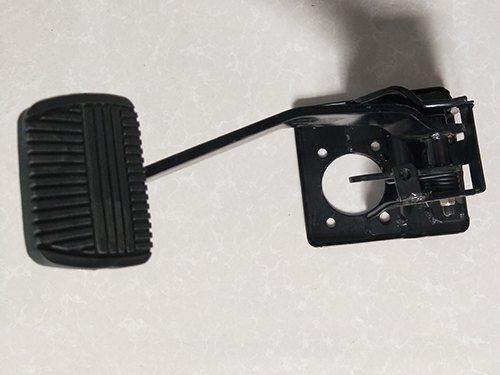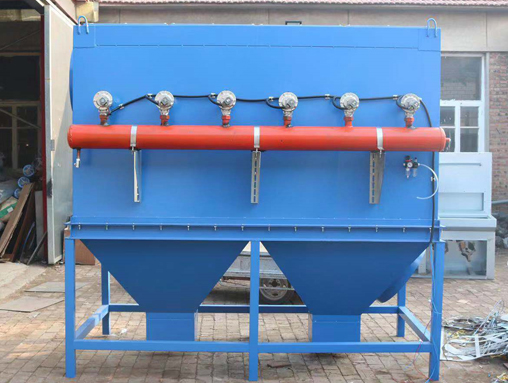Design and Requirements for Hot Stamping Forming Molds for Stamping Parts
Sheet metal is widely used due to its good strain hardening ability, strong uniform deformation ability, and fatigue characteristics. However, in sheet metal applications, especially in manufacturing, the significant increase in sheet metal strength has brought many new problems to the forming process and mold design and manufacturing, such as excessive rebound and cracking during stamping due to increased strength and thickness reduction, increased forming force due to increased strength and hardness, and easy mold wear.
When the original strength of the sheet metal is greater than 1000MPa, traditional cold stamping methods cannot produce parts with complex structures and shapes. Instead, hot stamping forming technology is adopted, which heats the stamped sheet metal to the austenite temperature zone, stamping it at high temperature and cooling it in the mold for martensitic transformation. Under these conditions, the desired shape can be obtained, which effectively overcomes the problems of sheet metal stamping forming. It can be said that hot stamping technology is a way to solve the problem of difficult sheet metal forming and reduce springback to obtain high forming parts.
The process flow of hot stamping forming is as follows: material dropping → heating to austenitic state and insulation → placing into the mold for stamping forming → pressure holding and quenching → removing oxide skin → laser cutting and punching → post-processing. The austenitization temperature is 900-930 ℃, the holding time is 5 minutes, the critical cooling rate is 27 ℃/s, the holding time is 10-15 seconds, the temperature control range of the mold cooling system is 20-210 ℃, the temperature for part removal is 80-150 ℃, and the stamping process takes 15-25 seconds. In order to prevent the surface of the board from being oxidized by high temperature, a suitable protective layer can be coated on the surface of the board before heating to reduce the friction coefficient, improve performance and mold life.
The microstructure analysis of the cut sample of the formed part shows that the structure of the formed part after quenching is lath martensite, and the transformation rate of the martensite structure has reached above, the average yield strength is 1135MPa, the tensile strength is 1460MPa, the hardness is 450HV, and the hardness distribution is relatively uniform, meeting the product performance requirements of high strength hot stamping parts.
The temperature changes over time during the hot stamping process are divided into four stages. The first stage is the heating and warming stage The plate is heated at an appropriate heating rate to the temperature in the austenitic state. Excessive heating temperature can cause surface overburning and grain growth of the plate. The stage is the insulation stage, where the board is kept at the austenite temperature for a period of time to achieve uniform austenitization of the board without grain growth. The third stage is the forming stage, in which the sheet metal is stamped and formed in an austenitic state to avoid excessive heat loss and rapid temperature drop caused by slow forming speed, which may change the properties of the sheet metal. The fourth stage is the pressure holding quenching stage, in which the sheet metal is cooled and quenched on the surface of the mold under the action of the mold cooling system, resulting in a phase transition from austenite to martensite and achieving the same goal.
According to the theory of metal hot deformation, the austenite temperature, holding time, and cooling quenching speed are related to the uniformity of the martensitic structure and the quality of the formed parts after hot stamping. Therefore, thermal balance design and mold cooling system design are key factors in the design of sheet metal hot stamping molds.
During the hot stamping process of sheet metal, both the sheet metal and the mold undergo a complex temperature change from austenitization to room temperature. The heat transfer process, heat transfer efficiency, cooling rate, etc. have a significant impact on the forming quality of the product and the service life of the mold. Through the analysis of thermal balance in hot stamping forming and the simulation of heat transfer mathematical model in hot stamping forming, it is found that the hot stamping forming mold integrates sheet metal stamping forming and quenching. Therefore, it has different requirements from traditional molds in terms of forming part design, mold material selection, mold structure design, and mold cooling system design.
1. Selection of materials for hot stamping forming molds
During the hot stamping process of sheet metal, the strength of the stamped sheet metal is significantly improved, and the forming mold has sufficient structural rigidity, surface hardness, and fatigue life. On the other hand, the mold works under intense alternating cold and hot conditions, requiring the forming mold to resist the thermal friction generated by high-temperature plates on the mold, as well as the abrasive wear effect of detached oxide layer fragments and particles on the mold surface at high temperatures. Therefore, when selecting mold materials, it is necessary to consider the expansion of the mold, frequent temperature changes on the mold surface, high-temperature softening of the mold cavity surface, and the plastic deformation failure, fatigue failure, and thermal fatigue failure caused by wear and tear of the mold Improper material selection Not only will it cause fluctuations in the quality of stamped parts, but it will also lead to problems such as mold wear, cracking, and scrapping. Therefore, it is necessary to choose the mold material and heat treatment process correctly. In addition to considering the above factors comprehensively, the selection of mold material should pay special attention to the influence of heating temperature, thermal conductivity coefficient, cooling rate requirements, and other factors. Generally, hot forging mold steel can be used as a reference for hot stamping forming mold material. For example, hot stamping die materials for aluminum, magnesium, and boron alloy sheets can use die steels such as H13 and 3Cr2W8V.
2. Design and Manufacturing of Hot Stamping Forming Mold Structure
Firstly, the design of hot stamping formed parts. In hot stamping forming, the stamping direction, contact state between the sheet metal and the die, feeding resistance, friction condition, etc. of the formed parts are significantly different from those at room temperature. When designing the formed parts, these factors should be comprehensively considered and designed and calculated separately. Secondly, it is important to pay attention to the drastic changes in temperature during the stamping process of the mold, which can have an impact on the design of the mold structure due to variations in thermal stability, wear resistance, strength, stiffness, and other factors. Furthermore, after heating, the ductility of the sheet increases and the strength decreases. In order to prevent phenomena such as tearing and wrinkling of the sheet, the gaps and manufacturing accuracy of the mold should be reasonably arranged. In addition, regardless of whether there is an oxidation protective coating on the sheet metal during hot forming, it is necessary to consider the increased wear of the mold caused by high temperature and rapid temperature changes.
3. Design of Cooling System for Hot Stamping Forming Die
One of the key factors in hot stamping forming is the transformation of the sheet metal from austenite to martensite and the uniformity of its microstructure distribution. Therefore, the design of the cooling system for hot stamping dies is optimized through thermal balance calculations to achieve uniform cooling and forming of the sheet metal at a set cooling rate.
The analysis of thermal balance and simulation of heat transfer mathematical model for hot stamping die can reveal the temperature variation law of 22MnB5 boron magnesium alloy plate and the influence of different factors on cooling effect. When the cooling water velocity should be greater than 0.01m/s, the higher the water flow velocity, the better the cooling effect; When the water flow velocity is greater than 1m/s, the impact of the increase in water flow velocity on the cooling effect gradually decreases; The thinner the die, the smaller the heat capacity of the die, and the faster the cooling rate of the sheet. It is advisable to choose a smaller die thickness while maintaining the mechanical strength of the die. In the design of the cooling system, the first step is to ensure that the cooling rate of the parts is sufficiently high, so that the austenite structure can be transformed into martensite structure as much as possible, in order to meet various performance indicators of the formed parts; Secondly, the cooling system should be able to take away the heat stored in the mold after each hot stamping, while maintaining the same initial conditions of the mold before each stamping and the temperature difference on the surface of the mold cavity. Therefore, there are specific requirements for pipeline layout, pipe diameter selection, cooling medium, water flow rate, and mold thickness selection in the design of cooling systems.
